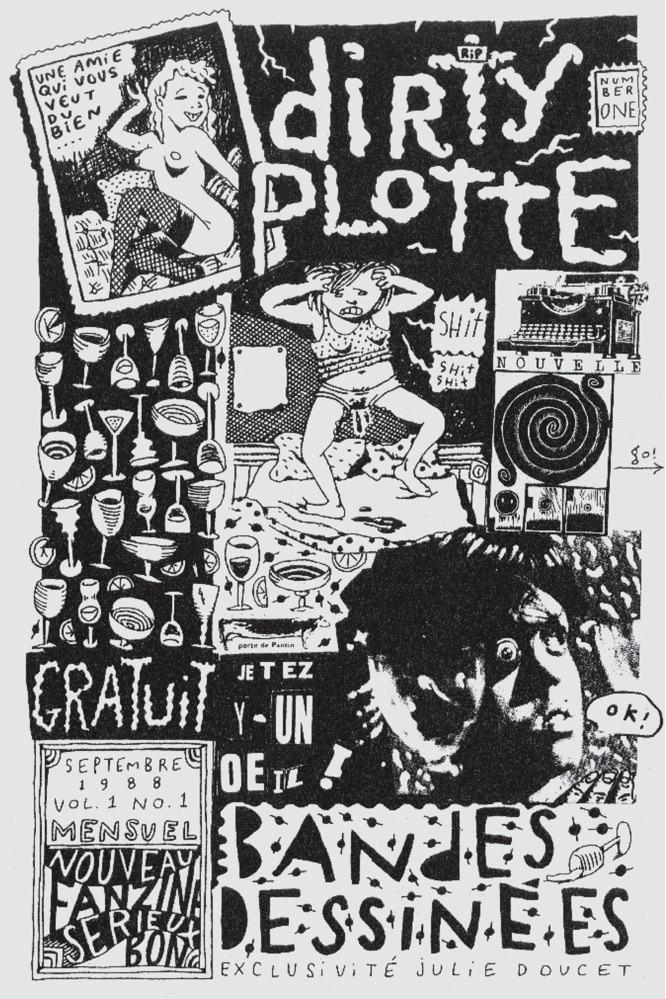All of this takes away from the fact that Thimble Theatre, under Segar and starring Popeye (although Segar's pre-Popeye TT than its obscurity indicates), is really, really funny. Popeye is the ultimate scoundrel with a heart of gold, not to mention a tongue of silver: "My sweet patootie loves me because I yama high-voltage poppa, and she is my hotly-totsy momma!" Popeye's butchered English never becomes obtrusive - its rhythm and internal logic is poetic in its own vulgar way, a fact testified to by so many of Popeye's philosophical musings having entered the vernacular, including "I yam what I yam an' tha's all I am!" and "Well blow me down!" Popeye's oxymoronic moral code (I never hits a man as hard as I kin on account of it ain't right to kill peoples") is riotously compelling, even today. Okay, so he emotionally and physically abused Olive (she dished back in spades), often blew his money on craps games, and resorted to his fists almost always, but he also would do things like open up a bank that did nothing but give money out to the poor (wilfully ignoring the financial impracticality and earmarking patrons of the cute, young, female variety) and literally give the needy the clothes off his back, happy to go around in his scivvies if it helped a friend in need. He was a deserving role model for a roughneck scoundrel. The ultimate rugged individualist, Popeye is the perfect antidote for the endless altruism and comfortable gentility of Mickey Mouse and his brethren. Beside, was Mickey ever "dictapater" of his own country? I think not.
And Wimpy! In him and Popeye, Segar may have created the two greatest characters in comic history. Wimpy stands as one-of-a-kind some 67-years after his creation, the most lowdown and worthless creature to ever grace the comics. Venality was his essence. His worthlessness and selfishness was unparalleled. Still, Wimpy wasn't even a villain! How could you hate him? He couldn't help it. Wimpy'd steal a burger from a starving friend and remain wholly convinced of his own righteousness. He couldn't possibly notice how he was hurting others because he never took his mind off himself. Utterly disloyal but eternally blissful, Wimpy stole the show, committing travesty after travesty, repeating his mantra-like one-liners at every turn: "Come up to my house for a duck dinner; you bring the ducks," "Will you join me in a lunch on you?", "Let's you and him fight," "You are the Acme of femininity, my dear") etc... Wimpy's predictability is precisely what makes him so captivating; it is hard to believe anyone could be so thoroughly stubborn and spineless. Wimpy once said, "The inconsistency of some people is astonishing!" not realising for a moment that his consistency will always be endlessly more so.
Segar's greatness is testified to by the embarrassing limpness of Popeye's adventures in the hands of other cartoonists and in other media. Segar died when he was 38, quite possibly before hitting his prime. But no one has been able to mimic his talent, which is a shame, because it's largely these post-Segar productions (mostly the cartoons) that people think of when the one-eyed sailor comes to mind.
Segar's humour raised the spirits of a generation of depression survivors, but has obviously faded from the collective consciousness of today. It's a shame, because Segar stands among Crumb and Kurtzman as the best cartoonist of their generation and set the standard for greatness that led to the success of Al Capp (creator of another famously invulnerable hick with poor grammatical skills) and countless others. Some say he might have even been the first superhero, paving the way for the genre's creation with Superman's debut in 1939.
















